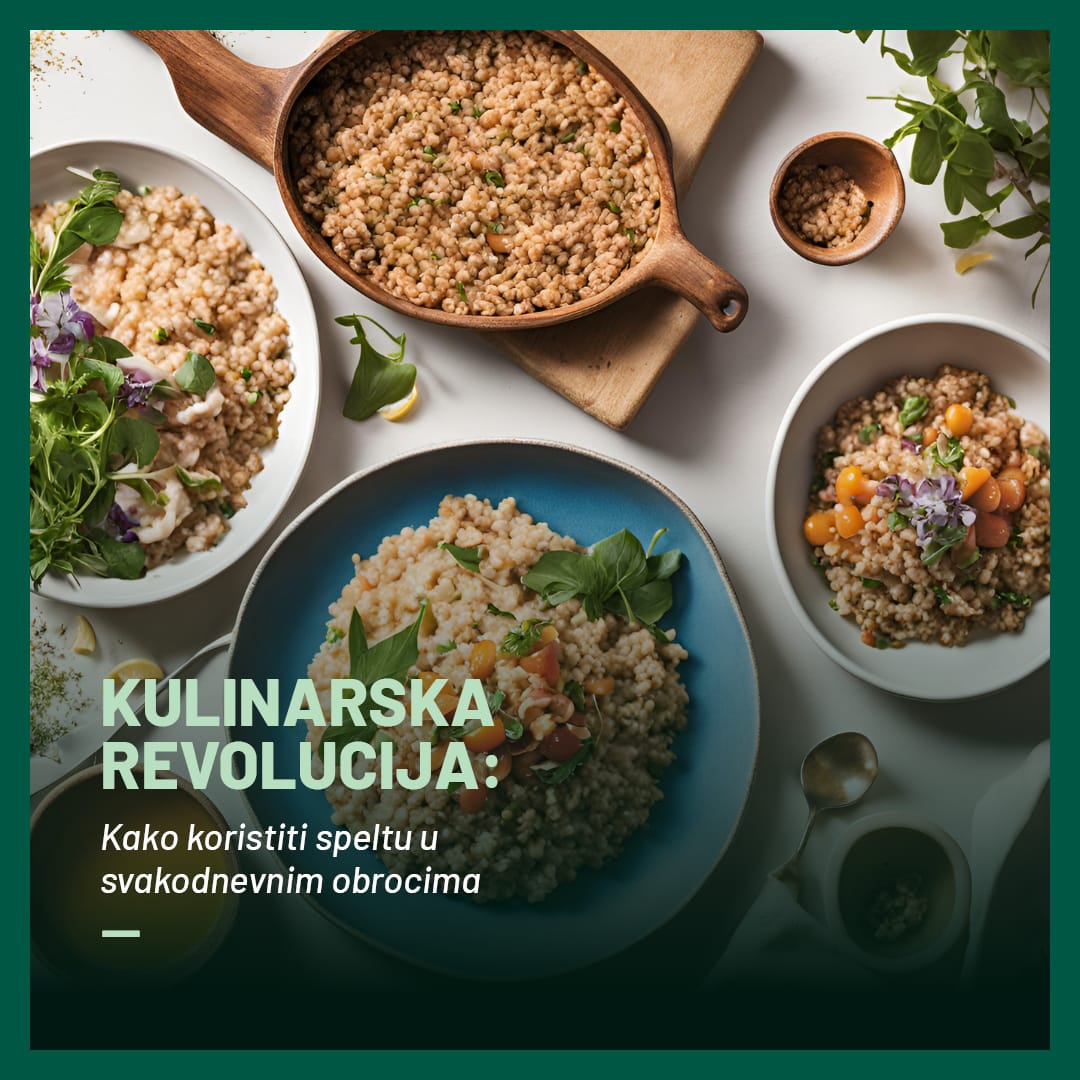Culinary Revolution: how to Use Spelt in Everyday Meals

Spelt is an ancient grain that has made a comeback on culinary scenes around the world in recent years.
Known for its nutritional value, spelt is rich in fiber, B vitamins, and minerals such as
magnesium, iron, and zinc. Although often considered a modern alternative to wheat, spelt has a much
older origin, with its use in the diet dating back to Roman times. In today’s diet, spelt is becoming
increasingly popular thanks to its health benefits and versatility in the kitchen.
One of the main reasons spelt is recommended is its nutritional profile. Spelt contains more protein and
fiber than common wheat, which makes it an excellent choice for vegans and vegetarians. It is also easier to digest,
so it is suitable for people with sensitive stomachs or those looking to improve their digestive
health. Spelt naturally contains less gluten than common wheat, but it is not gluten-free, so it is not
suitable for people with celiac disease.
Spelt can be used in many ways, starting with flour, which is excellent for making bread, cookies,
pancakes, and even pizza. Depending on your preference, spelt flour can be used in the same quantities as
wheat flour, but the amount of liquid needs to be adjusted. Spelt can be the base for various types of dough,
and its nutty, slightly earthy aroma adds a special dimension to any dish.
A simple way to introduce spelt into everyday meals is to use it as a base for breakfast.
Cooking spelt in water or milk gives it a creamy texture similar to oatmeal. This porridge can be
enriched with fruit, honey, nuts, or spices like cinnamon, creating a healthy and delicious start to the day.
We can also use spelt in salads, whether cooked or roasted, as an addition to vegetables,
nuts, and cheese.
For lunch or dinner, spelt can be used as a pilaf, risotto, or even as a substitute for rice in various
dishes. Its mild yet rich flavor pairs well with vegetables and meat, or it can be combined with herbs
such as thyme, rosemary, or savory. Spelt can also be used to prepare soups, where its
texture adds extra nourishment to the dish.
In addition, spelt can be used to prepare different types of baking flour. For example,
by combining spelt with other healthy flours, such as buckwheat or rye flour, you can make
nutrient-dense breads and pastries. For pastry lovers, spelt croissants or muffins with fruit and nuts
may become a favorite treat. Thanks to its distinctive texture and flavor, spelt pairs perfectly with
both sweet and savory dishes.
The most practical and healthiest way to consume spelt is to drink cold-pressed spelt juice, which
is becoming increasingly popular among people who place great emphasis on their health.
In the end, the culinary revolution spelt brings to our diet is not just about improving nutritional
value, but also about enjoying new flavors and textures. Spelt is flexible, easily adapts to
different dishes, and can become a key ingredient that improves health while bringing innovation
to everyday meals. Whether you use it to prepare meals at home or in a restaurant,
spelt offers countless possibilities for creative cooking.

